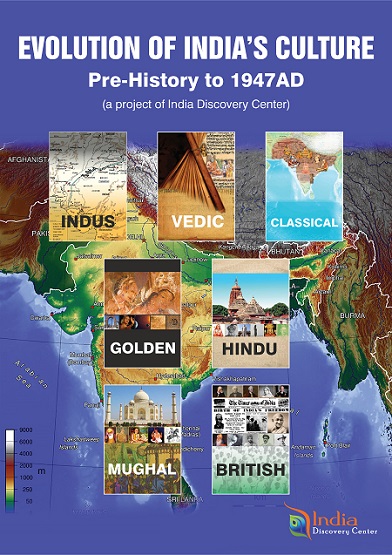Contribute
| India Hindu Period (500 CE-1500 CE) – Philosophy And Religion |
Satyendra Sharma
09/30/2021
India Hindu Period (500 CE-1500 CE) – Philosophy and Religion Figure 1. Varaha Avatara Theology entered into philosophy with the interpretation of avatÄras (incarnations) as personified gods. Meanwhile, Tantra shÄstra evolved as a separate path to create material cosmology of evolution. Buddhism underwent similar evolution pivoting towards anthropomorphic forms of Buddha. Reincarnation of Buddha as bodhisattvas proliferated. Islam and Christianity made their way into India via trade and occupation. Philosophy Figure 2. Anthropomorphism – Navagrahas The need for an avatÄra possibly arose as a result of inability of the classical philosophy in explaining the birth and demise. Anthropomorphism likely entered the post-BhagavadgÄ«tÄ period (4th century) where Krishna was identified as the purusÌ£a of SÄņkhya (please refer to the Golden Period in this series). Figure 3. Tantra Symbol Tantra evolved from its original form of inquiry into the functions of a human body into a religious discipline. The body being a microcosm of the universe, the elements that form the body are associated with the environment or prakrÌ£ti. The medicinal sciences in CharakasamhitÄ and SushrutasamhitÄ have their origins in Tantra. The ShavasÄdhana or using a human corpse for meditation was in actuality the study of human anatomy. A female principle, Shakti, was hypothesized to be the doer of the activities in the world. Figure 4. Kali – the female principle in Tantra The later part of this period witnessed re-introduction of UpanisÌ£adic philosophy with multiple interpretations by various bhÄÅ›hyakÄras or commentators. Among them, notables were Gauá¸apÄda (6th Century), Åšaá¹…kara (8th century), RÄmÄnuja (11th century), NimbÄrka (12th century) and MÄdhva (13th century). Gauá¸apÄda proposed the doctrine of ajÄtivÄda or oneness of the brahman and un-realness of the phenomenal world. Fig. 5. Gaudapada Fig. 6. Shankara Fig. 7. Ramanuja Åšaá¹…kara modified this doctrine by proposing that the jÄ«va or individual soul is not able to realize its true nature of being one with the Brahman due to the superimposition of MÄyÄ. The phenomenal world is illusory. Brahman is impersonal, formless, attribute less and unchanging. The jÄ«va attains liberation once it realizes the Brahman. The qualified monism of RÄmÄnuja proposed the existence of a supreme reality or personal God with sat or real, cÌ£it or consciousness and Änanda or blissfulness. The supreme reality remains different from the individual soul because of the avidyÄ or ignorance. The liberation can be achieved by having bhakti (devotion). NimbÄrka’s dualistic non-dualism contained a concept of three-fold reality – God, soul and matter. DvaitÄdvaita considered God as immanent in all beings but maintained His own identity. Figure 8. Nimbarkacharya Figure 9. Madhvacharya Madhva’s dvaitavÄda or dualistic dualism differentiated between Brahman, jÄ«va and ajiva. The jÄ«va and ajÄ«va are paratantra or have dependent existence. The paratantra entities did not survive without Brahman. Attempting to unify Ätman with Brahman undermined the supremacy of the latter. Liberation is achieved by worshipping Vishnu who is the Brahman incarnated. Figure 10. Bodhisattvas The MahÄyÄna Buddism states that the reality is just a representation of the mental construct. The mind makes external objects to appear real. The objects and their states have dependent origination. Only the state of NirvÄnÌ£a has independent origination. The Bodhisattva or Buddhahood is a state where the seeker has realized the path to NirvÄnÌ£a but must help other seekers to get to this path before attaining his own enlightenment. Religion Figure 11. Temple at Kiradu, Rajasthan The theological interpretation of classical philosophy resulted in the advent of multiple sects, paths and cults. The anthropomorphic representation of divine powers extended to create places of worship and pilgrimage. In addition, the local rulers attempted to achieve divine status by tracing back their lineage to gods from the scriptures. The anthropomorphism was also observed in Buddhism and Jainism. Jainas worshipped thirthankaras (spiritual teacher). Many places of pilgrimage with statues of the thirthankaras developed over period. Similarly, following the MahÄyÄna doctrine of Bodhisattvas the places of pilgrimage were developed with human figures representing Bodhisattavas. Figure 12. Gomateshwar, Karnataka Islam came to India via traders and invasion. Hindu and Buddhist idols and places of worship came under attack by the Islamic rulers who believed that only God has authority to create human forms. Sufism was brought to India by Turkish and Persian scholars. It has similarity with Advaita where self-realization is achieved by removing the veils of ignorance. Christianity likewise was introduced in India via trade though a nascent group existed as early as the first century CE in Southern India. References: 1. History of the Tantrik Religion – An historical, ritualistic and philosophical study, N.N. Bhattarcharya, 2015, Manohar Publishers, New Delhi, India 2. Thithankara Mahavir’s Life and Philosophy, S.C. Diwakar, 1975, Jain Mitra Mandal, Delhi, India 3. Bhagavadgita as a Philosophy of God-Realization, R.D. Ranade, 1964, Bharatiya Vidya Bhavan, Mumbai, India 4. Mysticism and Contemporary Philosophy, M.L. Sharma, 2019, Academy of Comparative Philosophy and Religion, Belguam, India 5. Outlines of Mahayana Buddhism, Daisetz Tietaro Suzuki, 1907, University of Chicago Press.USA 6. Guadapada-Karika, R.D. Karmarkar, 1953, Bhandarkar Oriental Research Institute, Pune, India ------------------------------------------------------ Dr. Satyendra Sharma leads the Philosophy and Religion track in India Discovery Center's project on "Evolution of Indian Culture: Pre-history to 1947AD". More information and updates on the project are available at https://www.facebook.com/Evolution-of-Indian-Culture-An-IDC-Project-107749391111922 Information on India Discovery Center is at https://www.indiadiscoverycenter.org (c) Copyright 2021 India Discovery Center, Inc. All rights reserved.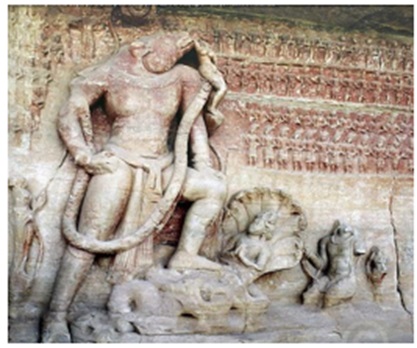
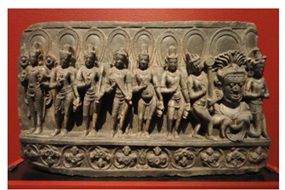
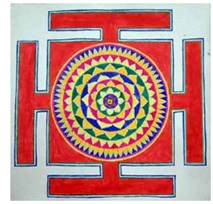
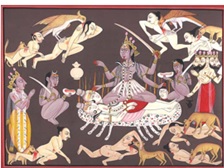
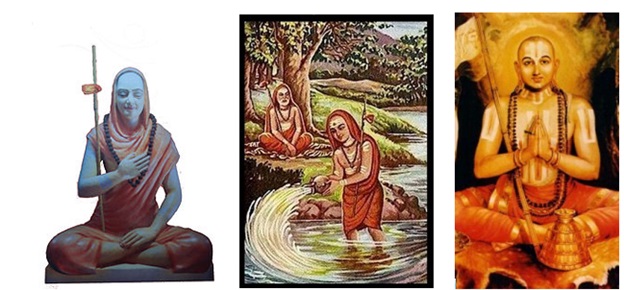
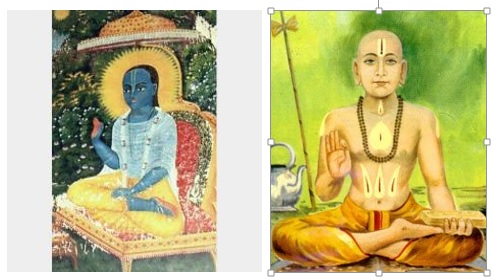
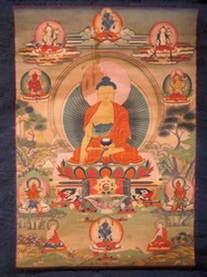
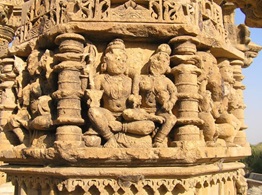
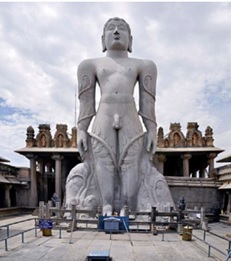
You may also access this article through our web-site http://www.lokvani.com/
